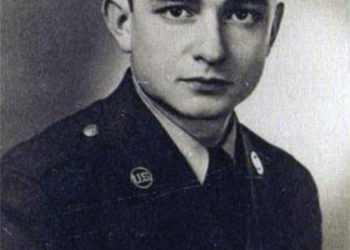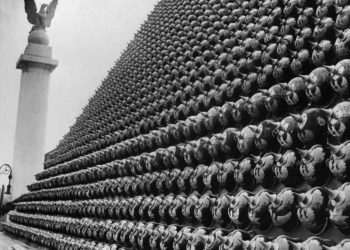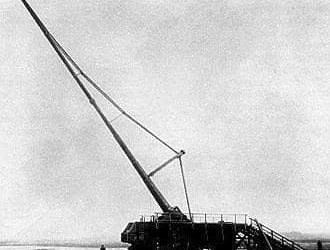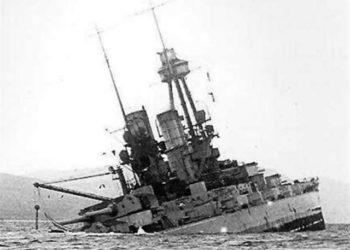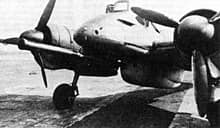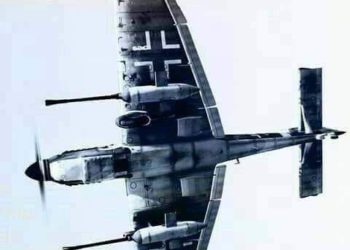A Quick Guide to German WWII Squad Tactics
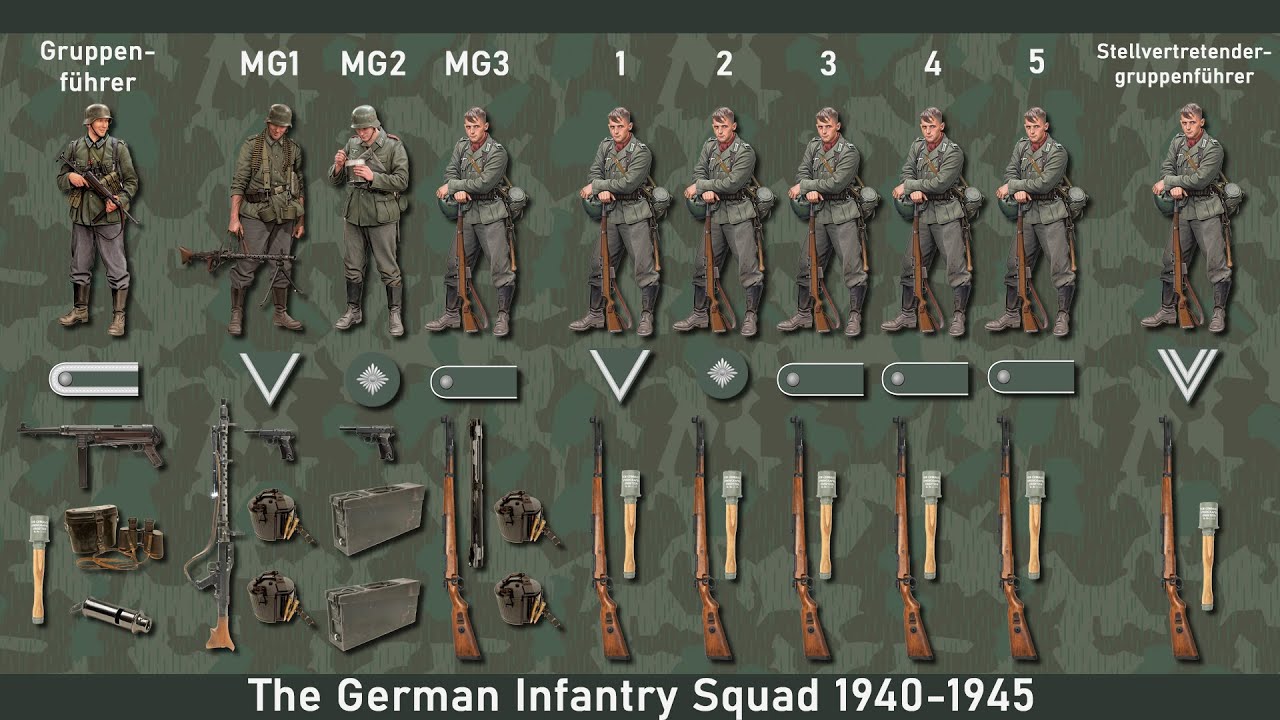
Composition of a Typical German Infantry Squad
A typical German infantry squad in WWII would be composed of 10 men: A squad leader armed with an MP40, a machine gunner manning a MG34/MG42 and carrying an ammo drum for his MG as well as a pistol for close protection, an assistant gunner carrying 4 ammo drums, 1 ammo box and armed with a pistol, an ammo carrier carrying 2 ammo boxes for the machine gun and armed with a Kar 98, and 6 riflemen including the squad’s second in command, all equipped with a Kar 98.
The squad leader was expected to lead from the front. On the march, the machine gunner was always next to him. Grenades were issued depending on the mission at hand.
4 squads formed a platoon. A platoon was equipped with a mortar team, early in the war with the Granatwerfer 36 (50mm), later, the Granatwerfer 34 (80mm).
Squad Tactics and Engaging the Enemy
A squad was expected to move forward toward the enemy, either on the attack or in defense (counter-attack). In a typical engagement at the platoon level, the mortar teams would focus their fire on the rear of the enemy, preventing him from retreating or receiving reinforcements.
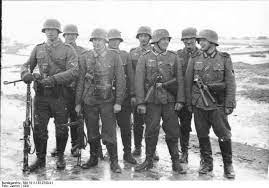
Machine gunners would directly engage the enemy positions to suppress or destroy, while infantrymen would lead the charge and advance, with different squads supporting one another forward.
German doctrine emphasized that it was not the job of the squad to be involved in a long-range engagement. Instead, it was supposed to close in on the enemy, get to close quarters with grenades and bayonets, and capitalize on shock tactics.
Strength through Superior Fire Power
Finally, one of the key elements of the Blitzkrieg tactic relied on self-supporting units at all levels and the amount of firepower and support those units could count on. Support and fire support were present for all unit sizes, from divisional level to section level. Most German units were self-contained.
A Division could support its infantry with anti-tank gun units, artillery units, AA units, and sappers/combat engineers.
Each Regiment could count on an anti-tank company and a close-support gun company. Each battalion within that regiment could count on three rifle companies and a fire support company with medium and heavy mortars alongside heavy machine guns.
Flexibility and Emphasis on Fire Support
Each rifle company was made up of three rifle platoons supported by a heavy platoon armed with mortars and machine guns. Finally, each platoon came with its own light anti-tank weapons and mortars!
This level of flexibility, coupled with the emphasis on self-serving fire support, meant the Germans were a tough nut to crack both on the offensive and defensive.
-RBM



